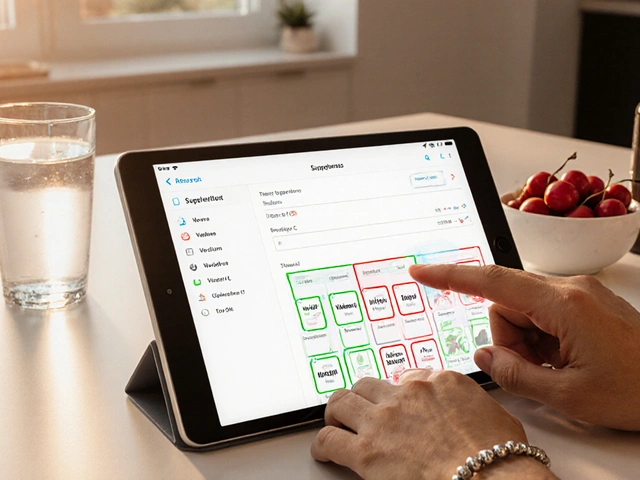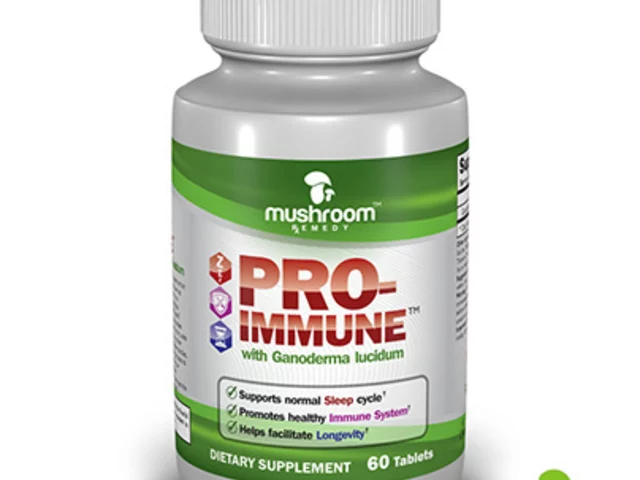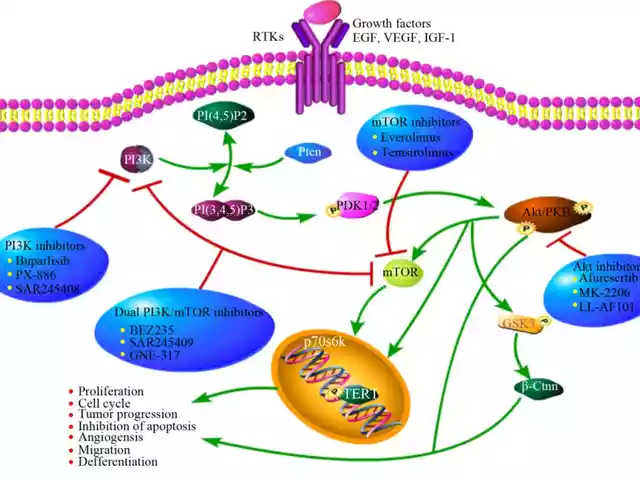Cholesterol: What It Means and How to Manage It
High cholesterol shows up on a lab slip and can feel scary, but it's a number you can change. Cholesterol is a fat-like substance your body needs to build cells and hormones. The problem comes when LDL ("bad") cholesterol builds up in arteries and raises heart risk. HDL ("good") helps remove excess cholesterol. Triglycerides are another blood fat that matters, especially if they're high.
Want clear targets? Most doctors look at total cholesterol, LDL, HDL, and triglycerides. A typical goal is LDL below 100 mg/dL for most people; lower if you already have heart disease. HDL higher than 50 mg/dL (women) or 40 mg/dL (men) is better. Ask for a full lipid panel and get it fasting if your doctor recommends it.
Simple diet moves that lower LDL
Swap out processed carbs and fried foods for whole grains, vegetables, and fruit. Add soluble fiber—oats, beans, and apples—which binds cholesterol in your gut and helps lower LDL. Eat more fatty fish (salmon, mackerel) twice a week for omega-3s, and use olive oil or avocado instead of butter. Nuts, seeds, and plant sterols can shave points off LDL too. Don't expect overnight changes; small, consistent swaps work best.
Also watch portion sizes and sugar. High triglycerides often come from excess calories and sugar, so cutting sugary drinks and large portions can help fast.
Lifestyle habits that really matter
Move more. Aim for 150 minutes of moderate activity weekly—brisk walks, cycling, swimming. Exercise raises HDL and helps weight. Quit smoking; within months your heart risk drops. Lose even 5% of body weight and you'll often see significant cholesterol improvement. Sleep and stress matter—poor sleep and chronic stress raise inflammation and can worsen your blood fats.
When lifestyle changes aren't enough, medications help. Statins like atorvastatin or simvastatin are the most common—they lower LDL and reduce heart events. Other options include ezetimibe, PCSK9 inhibitors, and fibrates for high triglycerides. Talk with your doctor about benefits and side effects; shared decision-making is the safest route.
If you're shopping online for cholesterol meds, be careful. Use licensed pharmacies, require a prescription, and avoid unbelievably low prices or sites that skip medical screening. Check for clear contact info, pharmacist availability, and verified reviews. Keep a list of your medications and lab results to share with any provider.
Make a 3-month plan: get a lipid panel, pick two diet changes you can stick to, add 30 minutes of activity most days, and follow up with your clinician. Recheck labs after three months to see progress and adjust. Managing cholesterol is a step-by-step process—small changes add up and can protect your heart over time.
If you have family history of early heart disease, diabetes, or autoimmune conditions, tell your doctor—your targets may be stricter. For quick wins, cut one sugary drink a day and swap white bread for oats. Keep a simple tracking note: date, food swaps, exercise minutes, and any side effects. Small tracking helps stay honest and motivated.

Simvastatin Alternatives: 5 Options When You Need a Change
Need to lower cholesterol but Simvastatin isn't cutting it, or causing side effects? This guide checks out five alternatives, explaining how they work, who they’re for, and what to watch out for. From cutting-edge injectables to old-school pills, you’ll get the facts, the pros, and the drawbacks. Find out which options might be worth talking to your doctor about. It’s all laid out—no confusing jargon, no scare tactics.
MedicationsLatest Posts
Tags
- online pharmacy
- medication
- dietary supplement
- side effects
- online pharmacy UK
- medication safety
- mental health
- impact
- online pharmacies
- dosage
- generic drugs
- antibiotic side effects
- skin health
- health
- pain relief
- dietary supplements
- massage therapy
- medication side effects
- eye inflammation
- health benefits




